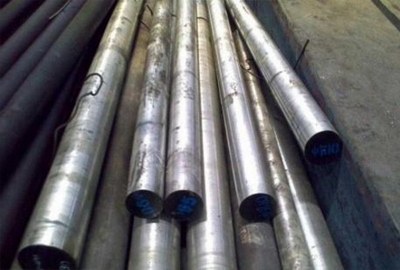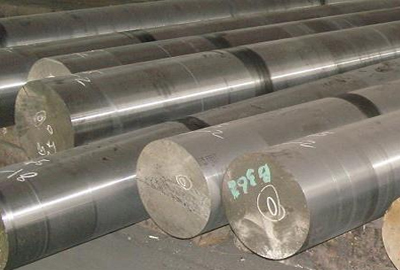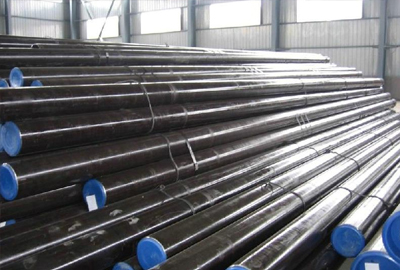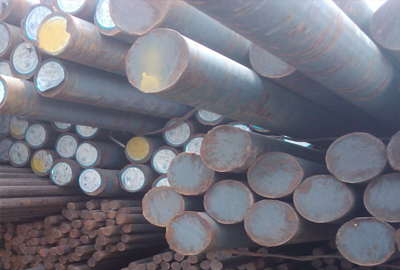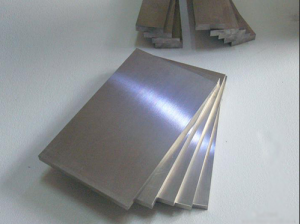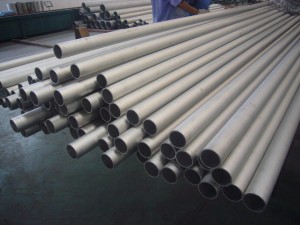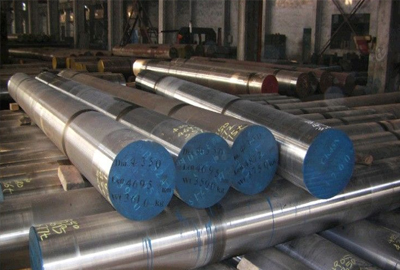Mat.No. 1.6511, DIN 36CrNiMo4, AISI 4340
Short Description:
Designation by Standards Brand Name Ravne No. Mat. No. DIN EN AISI VCNMO100 747 1.6511 36CrNiMo4 36CrNiMo4 4340 Chemical Composition (in weight %) C Si Mn Cr Mo Ni V W Others 0.36 max. 0.40 0.65 1.05 0.20 1.05 - - - DescriptionVCNMO100 is a heat treatable, low alloy steel containing nickel, chromium and molybdenum. It is known for its toughness and capability of developing high strength in the heat treated condition while retaining good fatigue strength. ApplicationsFor ...
Product Detail
FAQ
Product Tags
Designation by Standards
| Brand Name | Ravne No. | Mat. No. | DIN | EN | AISI |
| VCNMO100 | 747 | 1.6511 | 36CrNiMo4 | 36CrNiMo4 | 4340 |
Chemical Composition (in weight %)
| C | Si | Mn | Cr | Mo | Ni | V | W | Others |
| 0.36 | max. 0.40 | 0.65 | 1.05 | 0.20 | 1.05 | - | - | - |
Description
VCNMO100 is a heat treatable, low alloy steel containing nickel, chromium and molybdenum. It is known for its toughness and capability of developing high strength in the heat treated condition while retaining good fatigue strength.
Applications
For permanently stressed components with large cross sections for automotive and mechanical engineering. For economic performance under severe dynamic stress, parts must be designed for optimum strength or toughness.
Physical properties (avarage values) at ambient temperature
Modulus of elasticity [103 x N/mm2]: 210
Density [g/cm3]: 7.84
Continuous Cooling Transformation (CCT) Diagram
Click the image to enlarge the diagram.
Time-Temperature Transformation (TTT) Diagram

Click the image to enlarge the diagram.
Soft Annealing
Heat to 650-700oC, cool slowly. This will produce a maximum Brinell hardness of 248.
Normalizing
Temperature: 850-880oC.
Hardening
Harden from a temperature of 820-860oC followed by water or oil quenching.
Tempering
Tempering temperature: 540-680oC.
Mechanical Properties in Hardening and Tempering Condition
| Diameter (mm) | 0.2 % proof stress (N/mm2) | Tensile strength (N/mm2) | Elongation (%) | Reduction of area (%) | Notch impact energy (J) |
| <16 | 900 | 1100-1300 | 10 | 45 | 40 |
| 17-40 | 800 | 1000-1200 | 11 | 50 | 45 |
| 41-100 | 700 | 900-1100 | 12 | 55 | 50 |
| 101-160 | 600 | 800-950 | 13 | 60 | 50 |
| 161-250 | 550 | 750-900 | 14 | 60 | 50 |
Diagram Tempering Temperature – Mechanical Properties

Click the image to enlarge the diagram.
Forging
Hot forming temperature: 1050-850oC.
Machinability
Machining is best done with this alloy in the annealed or normalized and tempered condition. It can be machined by all conventional methods.
Corrosion Resistance
This is a low alloy steel and not a corrosion resistant alloy. Protective coating should be used.
Welding
The alloy can be fusion or resistance welded. Preheat and post heat weld procedures should be followed when welding this alloy by established methods.
Cold working
The VCNMO100 alloy may be cold worked, in the annealed condition, by conventional methods and tooling. It has good ductility.
Forms manufactured: Please see the Dimensional Sales Program.
Disclaimer
The information and data presented herein are typical or average values and are not a guarantee of maximum or minimum values. Applications specifically suggested for material described herein are made solely for the purpose of illustration to enable the reader to make his own evaluation and are not intended as warranties, either express or implied, of fitness for these or other puposes. There is no representation that the recipient of this literature will receive updated editions as the become available.
FAQ Content
![[0{7)7UAZ(]4W{5TSMC65Q7](https://www.htsteelmill.com/uploads/077UAZ4W5TSMC65Q7.png)
